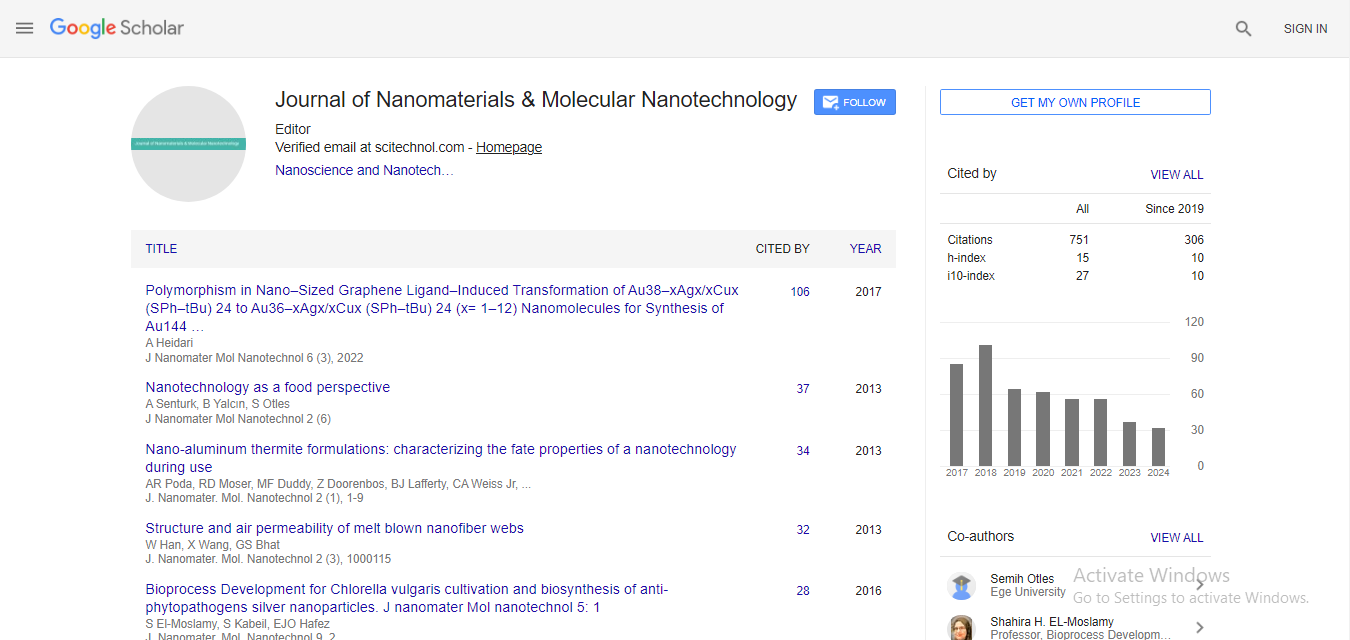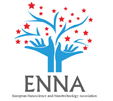Research Article, J Nanomater Mol Nanotechnol Vol: 2 Issue: 7
Preparation of CdSe Quantum Dot Sensitized Solar Cells Based on Improved Successive Ionic Layer Absorption and Reaction Method
| Qiong Ma, Haihong Niu, Shengxian Qin, Xiaoli Mao, Renbao Wang, Lei Wan, Jinzhang Xu* |
| Hefei University of Technology, Hefei 230009, PR China |
| Corresponding author : Dr. Jinzhang Xu Hefei University of Technology, Hefei 230009, PR China Tel: (+) 86-551-2901126; Fax: (+) 86-551-2901115 E-mail: xujz@hfut.edu.cn |
| Received: September 17, 2013 Accepted: November 13, 2013 Published: November 18, 2013 |
| Citation: Ma Q, Niu H, Qin S, Mao X, Wang R, et al. (2013) Preparation of CdSe Quantum Dot Sensitized Solar Cells Based on Improved Successive Ionic Layer Absorption and Reaction Method. J Nanomater Mol Nanotechnol 2:7. doi:10.4172/2324-8777.1000128 |
Abstract
Preparation of CdSe Quantum Dot Sensitized Solar Cells Based on Improved Successive Ionic Layer Absorption and Reaction Method
Particles of metals or other materials in nanometre size are called as nanoparticles (NPs). Of ten endophytic fungi screened, seven endophytic fungi namely Alternaria alternata, Botryodiplodia sp., Pestalotia sp., Fusarium sp., Aspergillus sp. Aschersonia sp. and Phomopsis sp. were able to synthesize silver nanoparticles. Silver metal nanopartites were synthesised successfully by both mycelium as well as cell filtrate of Pestalotia sp., which was initially observed by spectrometric analysis. TEM pictures revealed the synthesis of angular shape of silver nanoparticles like trigonal, pentagonal, hexagonal, few of cuboids and some were of spherical in shape too. Most of nanoparticles (76%) were found below the size of 40 nm. FTIR spectra peaks showed the presence of -NH, CO, C=C and C-H containing organic metabolites which might play a role in stabilizing the nanoparticles. Silver nanoparticles solution (0.5 mM) inhibited the growth significantly than control against all pathogenic bacteria tested. Mycosynthesized AgNPs were most active against Aeromonas hydrophila @2 μg/ml IC50 followed by Staphylococcus aureus (6 μg/ml), Escherichia coli (8μg/ml), Morganella morganii (24 μg/ml), Salmonella typhi (42 μg/ml), Enterococcus faecalis (40 μg/ml) and Klebsiella pneumoniae (50 μg/ml) respectively. Silver nanoparticles had also shown antioxidant activity with DPPH free radical scavenging with inhibitory concentration (IC50) at 47 μg /ml. To combat with new emerging pathogenic bacteria that threat our society by causing dreadful diseases, we require the development of effective therapeutics. Thus, eco-friendly synthesised antimicrobial and antioxidant silver nanoparticles allow us to suitably employing their application in nanoparticles mediated drug delivery and therapy of diseases.
 Spanish
Spanish  Chinese
Chinese  Russian
Russian  German
German  French
French  Japanese
Japanese  Portuguese
Portuguese  Hindi
Hindi 



